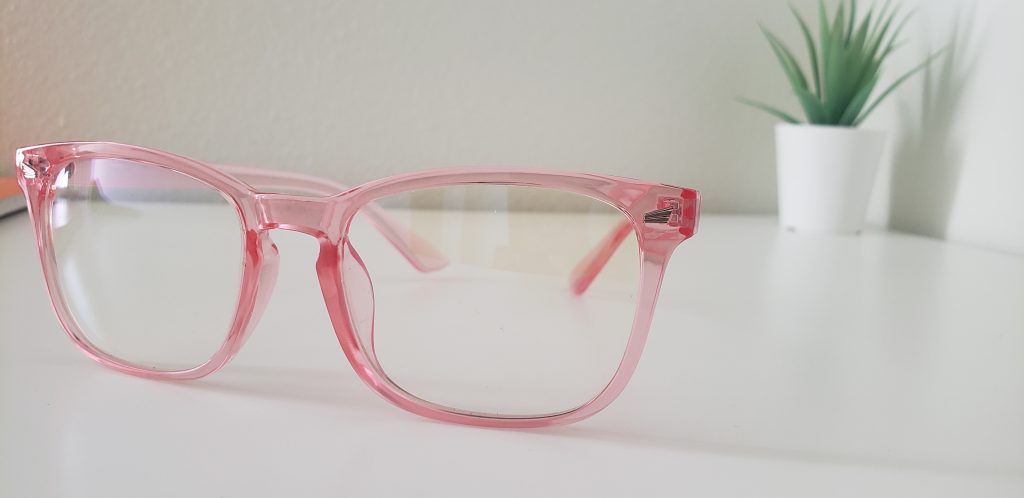Studies have shown that devices like laptops and smartphones can damage retinas and affect sleep patterns when used for extended periods of time.
More now than ever before, students rely heavily on their smartphones, laptops and computers for the sake of academic success. The transition to remote learning has caused a massive increase in daily screen use, even more so for those who need to use their devices for work or school. Washington Post reporter Travis Andrew noted some shocking screen time numbers observed in iPhone users just within the first week of quarantine — numbers which have only risen as the year progressed. But what are the risks that accompany this shift to a solely tech-based lifestyle?
When millions of students transitioned from in-person to remote learning last year, there suddenly came a necessity to use personal devices for academic purposes. Those who previously used their phones or computers for communication or entertainment now had to use those same devices in their work and school lives as well. These additional hours of screen time can often worsen back or neck pain and sleeplessness, and it can cause significant eye strain toward the end of the day. When physical discomfort becomes another cost of education, students who wish to excel in their classes must adjust accordingly to avoid future injury.
There are a few simple changes students can consider in order to improve their quality of life after a long day of Zoom lectures and classwork. To avoid the frustration of eye strain and potential headaches in the evening, it is important to remain conscious of where work is being done, the longevity of study sessions and one’s own physical limits.
Work Environment

Photo via Student Media Archives
The environment where virtual work occurs can drastically change how the body and eyes feel later on. When it comes to lectures or assignments, students should seek out well-lit areas and try to avoid annoying screen glares that might commandeer their screen.
Students should also keep their posture in mind when studying. While it is easy to get into the flow of things and forget about hunched shoulders or furrowed brows, the negative effects might pop up all at once when a student finally stands up or snaps out of focus. Some of these pains can last for hours, maybe even longer.
Open areas like schools, libraries and coffee shops have been closed to the public, so finding a decent place to study has become a big obstacle for many students. Finding a place with minimal distractions is vital in decreasing both physical and mental strain. If convenient locations are not available for quiet studying, listening to white noise can help with focus and drowning out distractions.
Frequent Breaks
Students should always aim for repetitive short breaks, especially when reading dense material or watching videos online. If a virtual class is particularly long, looking away from the screen for five minutes every half hour could help make a positive change. Taking frequent breaks throughout the day can boost comfort levels toward the evening.
If short breaks are not an option, drinking a glass of water may ease some discomfort and quickly recharge the body at the same time. Remembering to stay hydrated can certainly help alleviate the digital headache that might arrive after a long workday.
A Yellow Tint

Photo by Amber Thatcher
While blue-light-blocking glasses have not been clinically proven to significantly reduce eye strain, many consumers favor them and claim the tempered glass helps to avoid further discomfort when symptoms of eye strain or headache begin to show.
Yellow-tinted eyewear can cancel out or greatly reduce blue light and may be found online for relatively cheap prices. Blue-light filters are also commonly featured in many computers and smartphones, which proves to be beneficial when device use occurs early in the morning or late at night when the eyes are most sensitive. For students who suffer from headaches or painful eye strain due to excessive screen time, this solution might be a helpful last resort in addition to the tips listed above.
These are just a few tricks students can use to improve their experience with remote learning. Study habits have largely been altered due to the historic events of last year, but students must remember to be wary of their non-virtual state as well. No one should be expected to struggle with the painful effects of prolonged digital use on their own; the well-being of the individual should always be prioritized, especially in the midst of a global pandemic.


